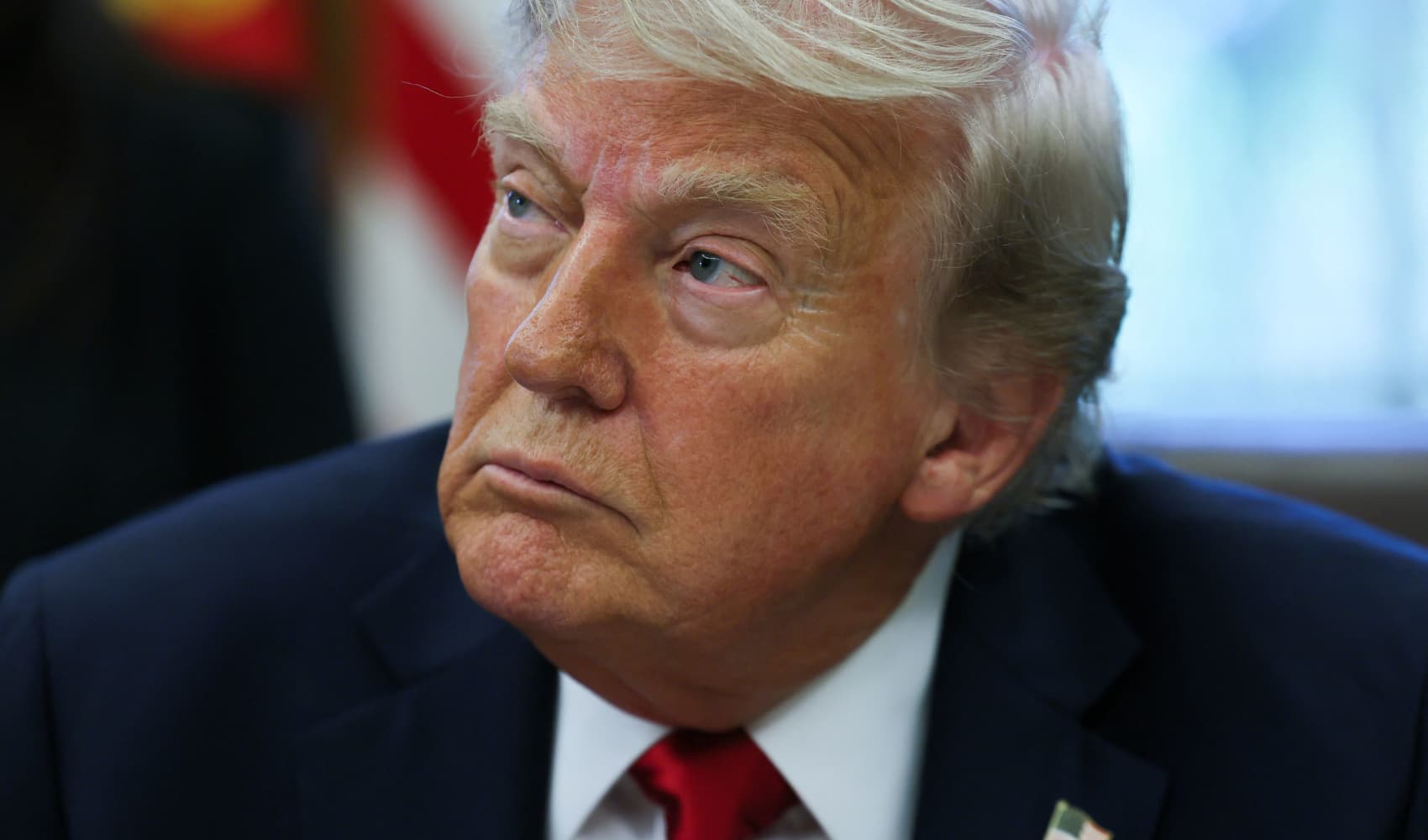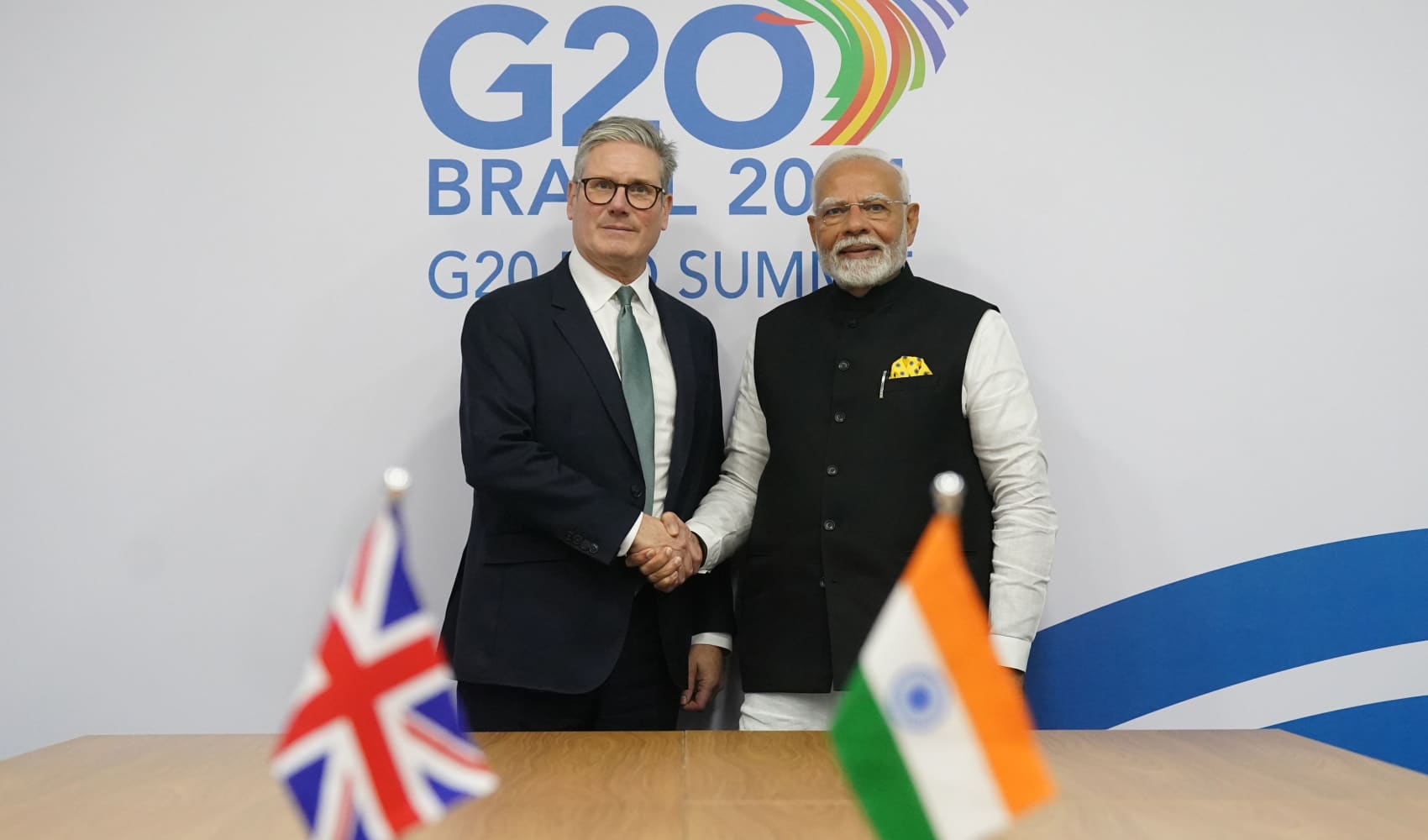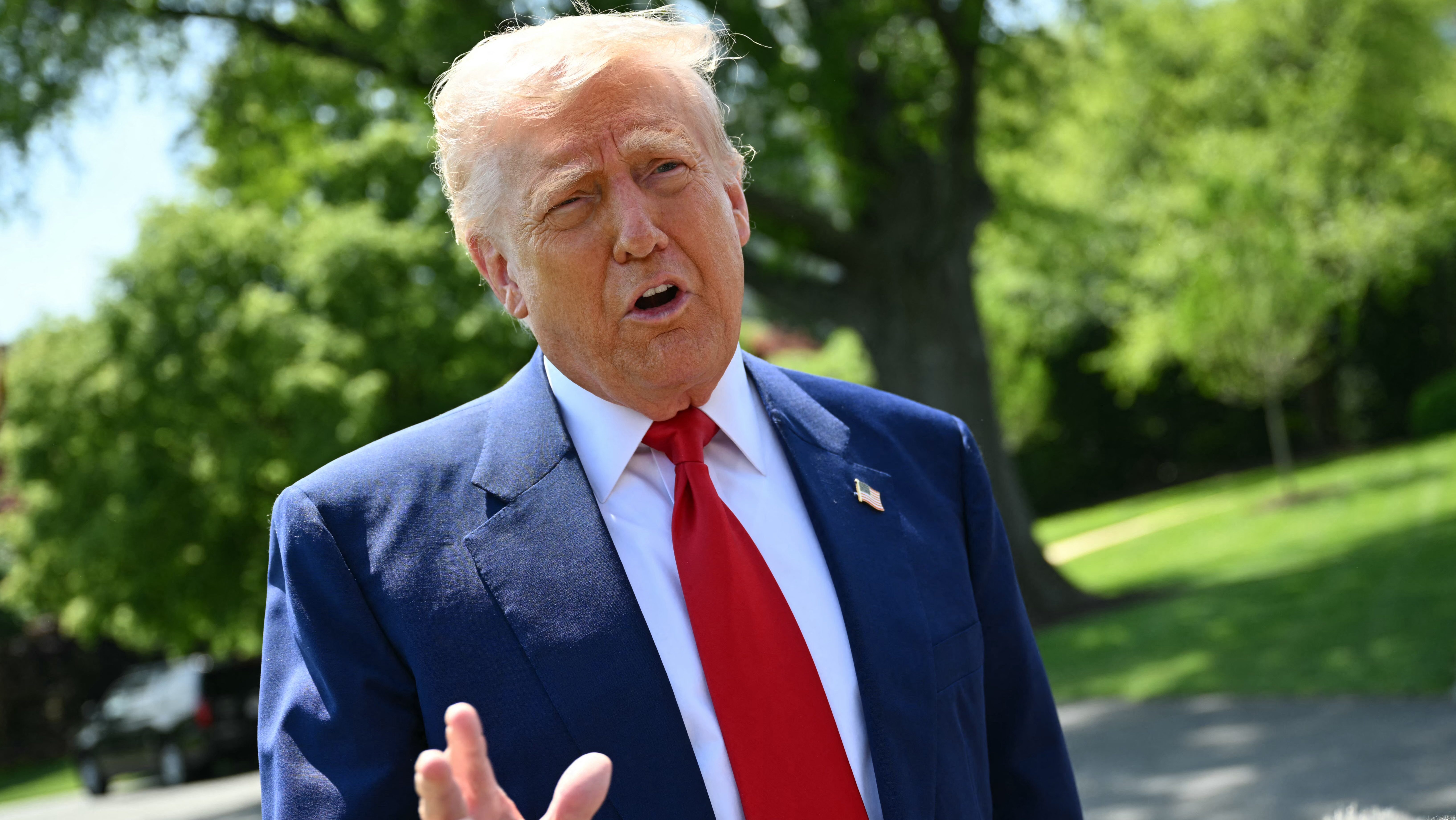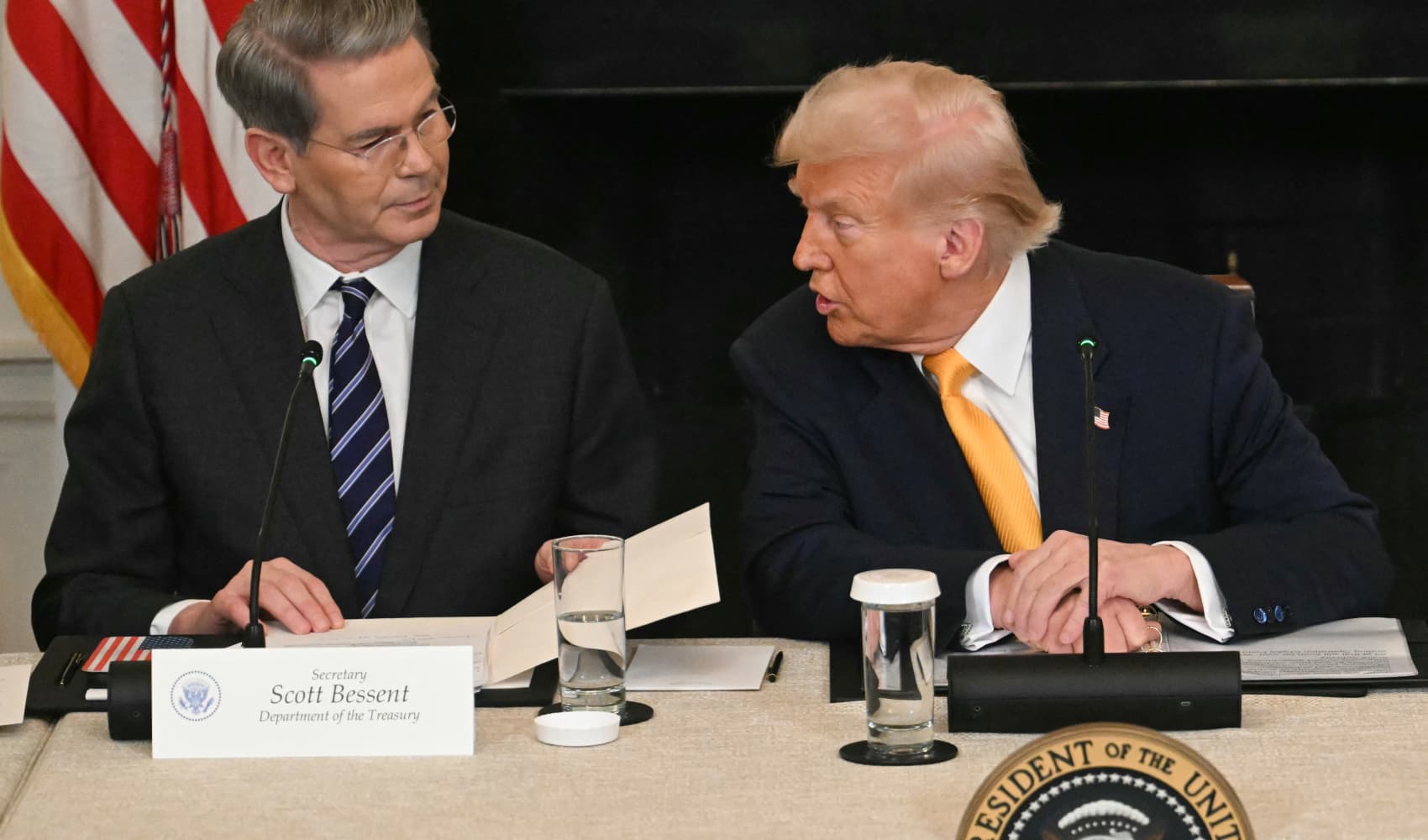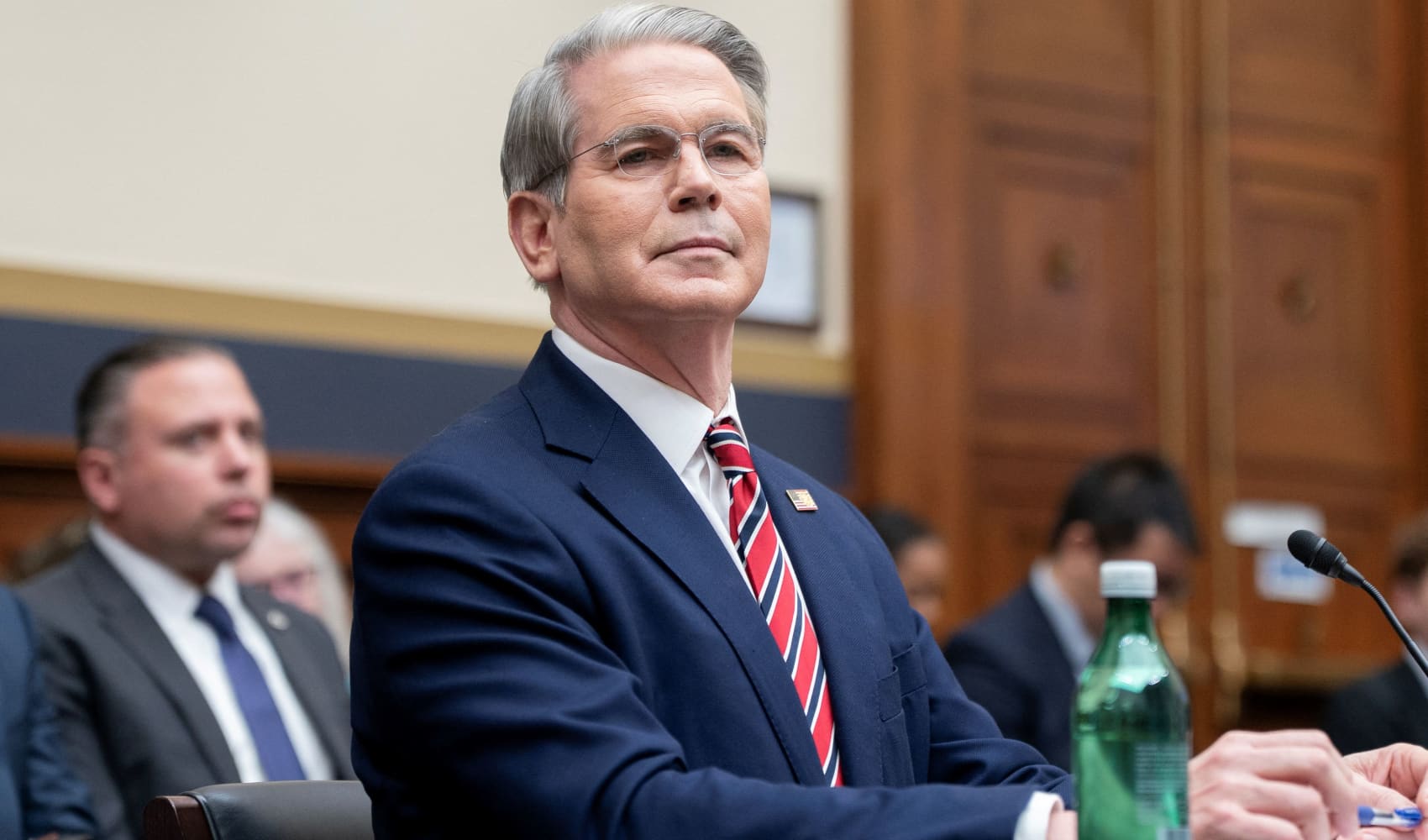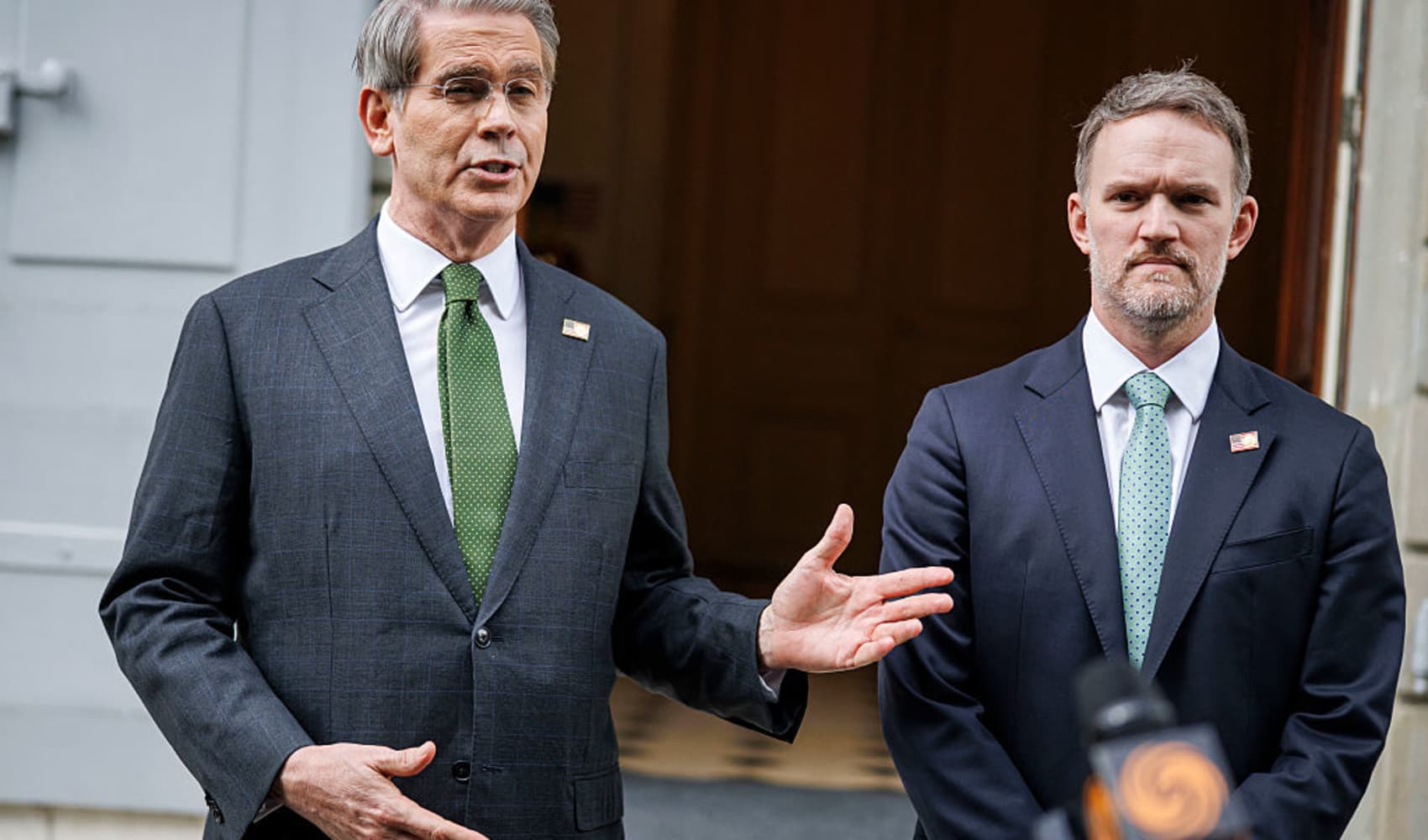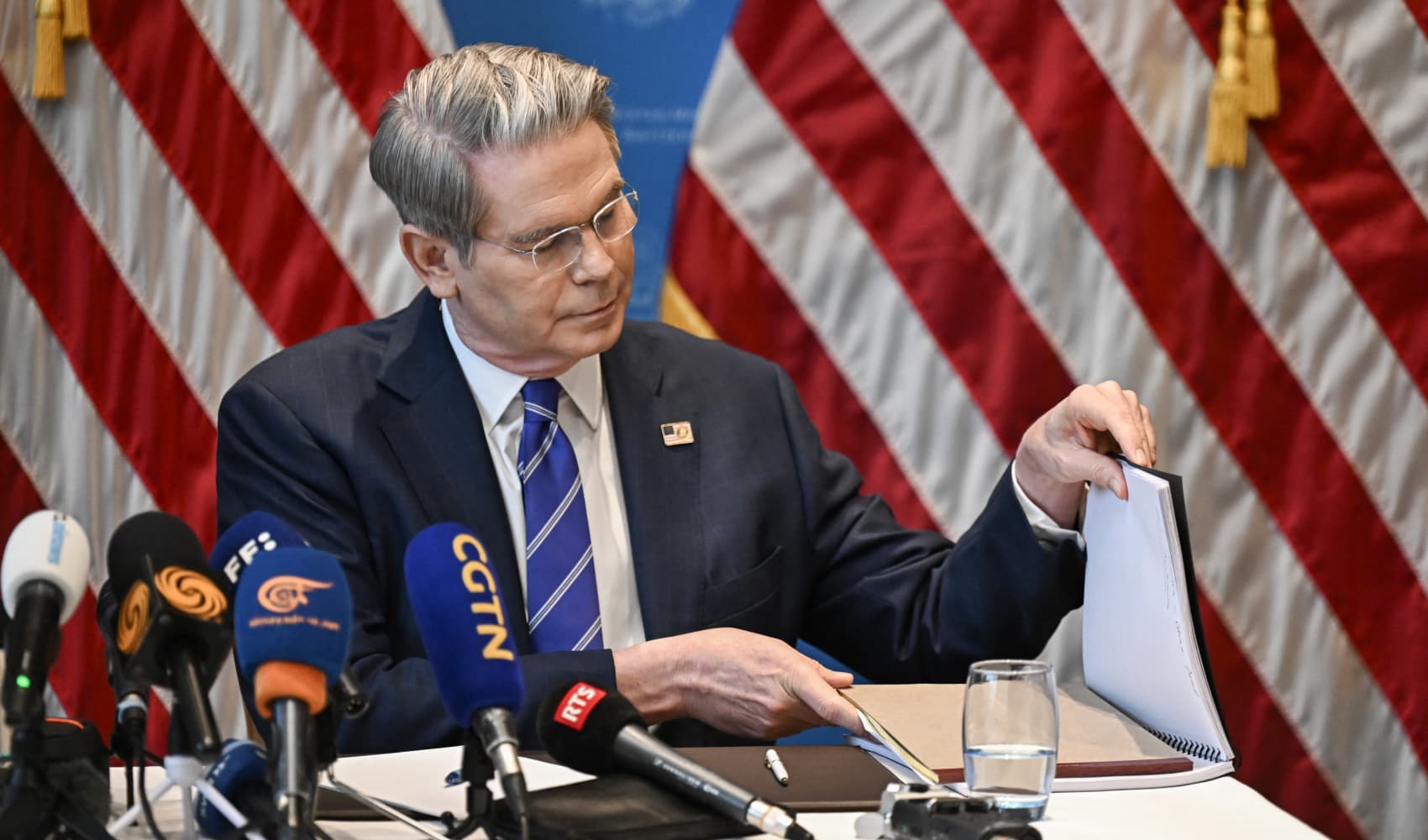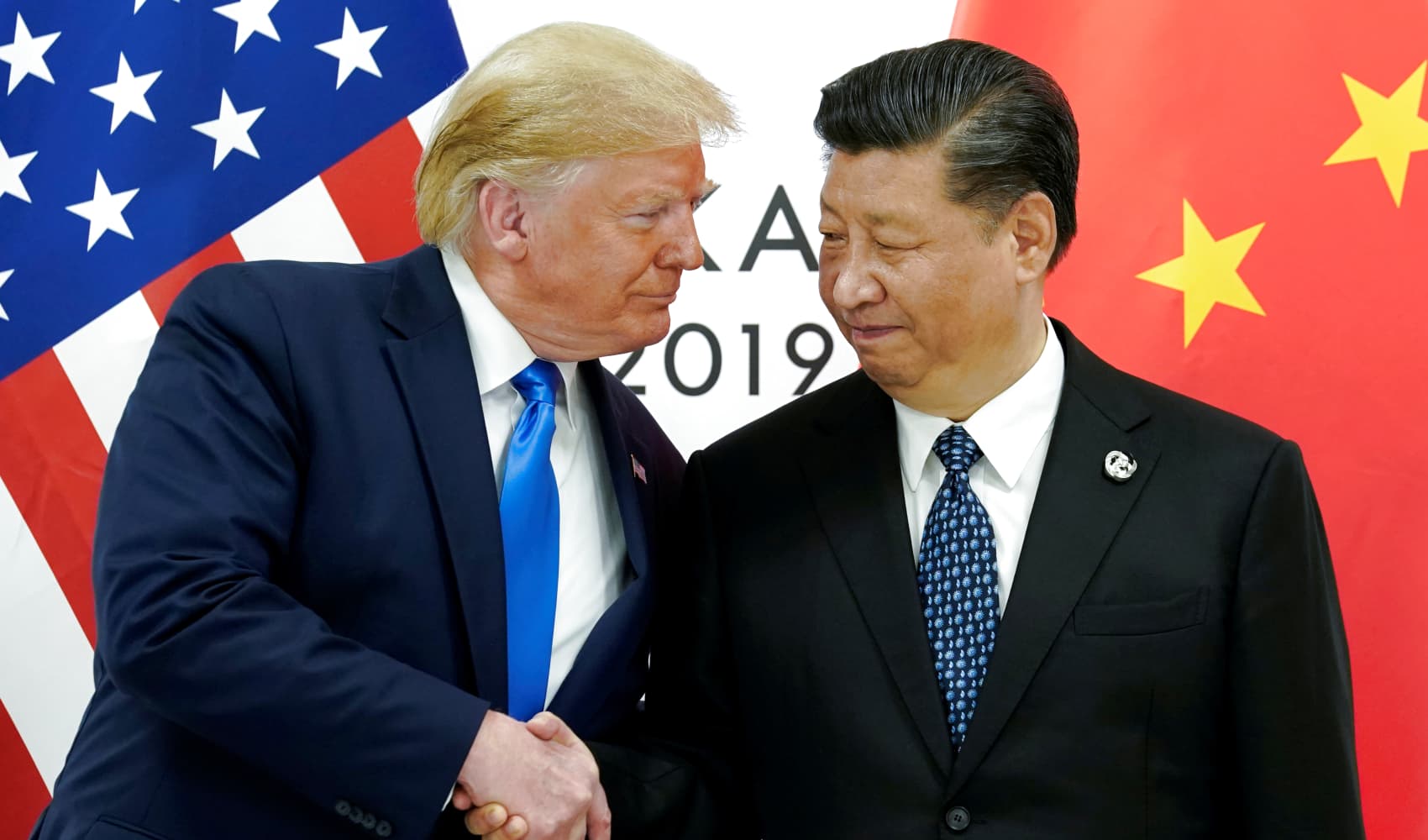Trump Trade War: Did He Blink First? (CNBC Analysis)
CNBC Daily Open: Trump's Trade War - Did He Just Blink?
Introduction: A Tango of Tariffs
The financial markets, much like a seasoned dancer, react swiftly to every twist and turn. And lately, the music has been…well, a bit discordant. We’re talking about the trade war initiated by former U.S. President Donald Trump, a saga filled with threats, tariffs, and the constant potential for global economic upheaval. But, as the CNBC Daily Open highlighted, are we seeing the first signs of a potential ceasefire? Did Trump, known for his aggressive stance, actually "blink first"? Let's dive in and see what the financial tea leaves are telling us.
The Initial Salvo: Trump's Trade Offensive
Let's rewind for a moment. Remember when the term "trade war" dominated headlines? It all began with President Trump's imposition of tariffs on various goods, primarily targeting China. The rationale? To level the playing field, protect American jobs, and address perceived unfair trade practices. The impact was immediate and far-reaching, sending ripples of uncertainty throughout global markets.
The Rationale Behind the Tariffs
President Trump’s argument was straightforward: America had been taken advantage of for too long. He believed tariffs would force China to renegotiate trade deals on more favorable terms, bringing manufacturing back to the U.S. and boosting the American economy. Was this a valid strategy? That’s a debate that economists are still having.
The Global Fallout
The effects of these tariffs weren't confined to just the U.S. and China. Global supply chains were disrupted, businesses faced increased costs, and consumers ultimately felt the pinch. International organizations like the IMF warned of the potential for a slowdown in global economic growth. It was a high-stakes game with potentially devastating consequences.
A Glimmer of Hope? Bessent's Optimistic Outlook
Amidst the doom and gloom, a spark of optimism emerged. Former U.S. Treasury Secretary Scott Bessent suggested that "there is an opportunity for a big deal here" regarding trade issues between the United States and China. Was this just wishful thinking, or a genuine possibility? Let's analyze.
Interpreting Bessent's Statement
Bessent's statement hints at behind-the-scenes negotiations and a potential willingness on both sides to find common ground. It suggests that both the U.S. and China recognized the need to de-escalate tensions and reach a mutually beneficial agreement. Is this the light at the end of the tunnel?
The Potential Benefits of a Trade Deal
A comprehensive trade deal could alleviate the burden on businesses, stabilize global markets, and foster a more predictable economic environment. It could also lead to increased investment and job creation. Sounds good, right? But, getting there is the challenge.
Trump's Softening Stance: A "Blink"?
The CNBC Daily Open highlighted a key development: President Trump seemingly softened his stance on tariffs. He stated that the existing 145% tariff on Chinese imports wouldn't remain that high and would "come down substantially." This shift in tone raised eyebrows and fueled speculation that he might be willing to compromise.
Analyzing the President's Words
Was this a genuine change of heart, a calculated move to appease the markets, or simply a negotiating tactic? It's hard to say for sure. But, the fact that he publicly acknowledged the possibility of lower tariffs suggests a willingness to find a resolution. Could this be the "blink" the title refers to?
The Implications of Lower Tariffs
Lower tariffs could ease trade tensions, reduce costs for businesses, and potentially lead to lower prices for consumers. It could also pave the way for further negotiations and a more comprehensive trade agreement. However, it's important to remember that the devil is always in the details.
The Legal Challenges: States Fight Back
While trade negotiations may be underway, President Trump's tariffs haven't gone unchallenged. A dozen states sued his administration, seeking a court order declaring the tariffs illegal. This legal battle adds another layer of complexity to the trade war saga.
The States' Argument
The states argued that the tariffs were unconstitutional and harmful to their economies. They claimed that the tariffs exceeded the president's authority and violated international trade agreements. A strong legal challenge could potentially force the administration to reconsider its trade policy.
The Potential Outcome of the Lawsuit
If the states are successful, the tariffs could be struck down, leading to a significant shift in U.S. trade policy. However, the legal process is likely to be lengthy and complex, with no guarantee of a favorable outcome for the states. The court's decision could have profound implications for the future of U.S. trade relations.
Market Reaction: Stocks Respond Positively
Financial markets, ever sensitive to shifts in sentiment, reacted positively to the news of potential trade easing. Stocks rose on Wednesday, fueled by hopes that U.S.-China trade tensions could soon subside. This demonstrates the profound impact that trade policy has on investor confidence.
The Short-Term Gains
The initial market rally was driven by a sense of relief that the trade war might be nearing an end. Investors saw the potential for increased corporate profits and a more stable economic outlook. However, it's important to remember that market rallies can be fleeting.
The Long-Term Outlook
The long-term impact on the markets will depend on the actual outcome of the trade negotiations and the overall health of the global economy. A comprehensive trade deal could provide a sustained boost to the markets, while a breakdown in negotiations could trigger renewed volatility.
Google's Remote Work Policy: A Different Kind of Pressure
While trade was dominating headlines, another significant story emerged from the tech world. Google announced that some remote employees would be required to return to the office if they wanted to keep their jobs. This decision reflects a growing debate about the future of work and the role of remote work in the post-pandemic era.
The Rationale Behind Google's Decision
Google argues that in-person collaboration is essential for innovation and creativity. They believe that bringing employees back to the office will foster a more dynamic and productive work environment. But not everyone agrees.
The Impact on Employees
For some employees, the requirement to return to the office may be unwelcome news. They may have grown accustomed to the flexibility of remote work and may be reluctant to give it up. This could lead to employee dissatisfaction and even attrition. Is Google's decision a sign of things to come?
The Bigger Picture: A World in Flux
The events highlighted in the CNBC Daily Open – the potential easing of trade tensions, the legal challenges to tariffs, and the shifting landscape of remote work – paint a picture of a world in constant flux. Businesses and individuals alike must adapt to these changes and navigate an increasingly complex environment.
The Importance of Adaptability
In today's rapidly changing world, the ability to adapt is crucial for survival. Businesses must be flexible and innovative to stay ahead of the curve. Individuals must be willing to learn new skills and embrace new ways of working.
The Uncertain Future
The future is uncertain, but one thing is clear: change is inevitable. Whether it's trade wars, remote work, or technological advancements, we must be prepared to adapt and thrive in the face of constant disruption.
Conclusion: Navigating the New Normal
So, did Trump blink? Perhaps. The CNBC Daily Open points to a potential de-escalation of trade tensions, but the road ahead remains uncertain. The legal challenges to tariffs, coupled with the shifting landscape of remote work, add further complexity to the situation. The key takeaway? Stay informed, be adaptable, and prepare for a world that is constantly evolving.
Frequently Asked Questions
- What are the main reasons behind the U.S.-China trade war?
The trade war stemmed from U.S. concerns over trade imbalances, intellectual property theft, and unfair trade practices by China. The U.S. aimed to level the playing field and protect American industries. - How could a U.S.-China trade deal benefit the global economy?
A trade deal could reduce uncertainty, boost business confidence, lower costs for businesses and consumers, and promote more stable global economic growth. It would also ease tensions between the world's two largest economies. - What are the potential risks if the U.S.-China trade talks break down?
A breakdown in trade talks could lead to renewed tariffs, increased trade barriers, and a slowdown in global economic growth. It could also trigger market volatility and damage investor confidence. - Why are some companies requiring employees to return to the office?
Companies argue that in-person collaboration is essential for innovation, creativity, and team building. They believe that bringing employees back to the office will foster a more dynamic and productive work environment. - What are the challenges of remote work for both employers and employees?
Challenges of remote work include maintaining productivity, fostering team cohesion, ensuring data security, and addressing employee burnout. For employees, challenges include isolation, distractions, and difficulties separating work and personal life.
